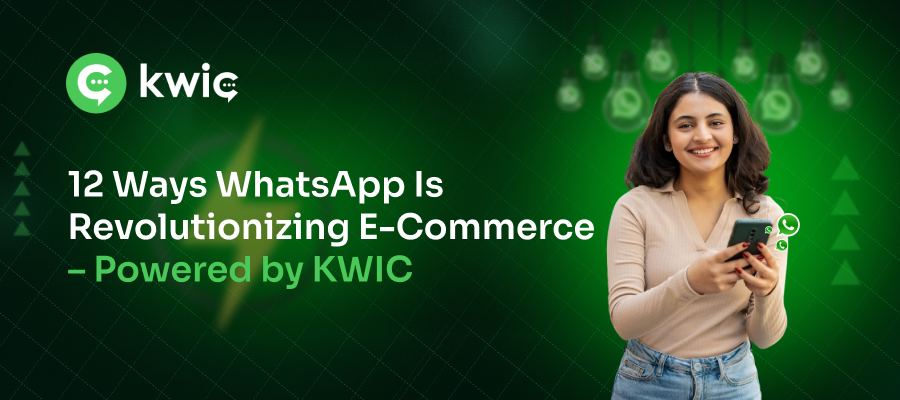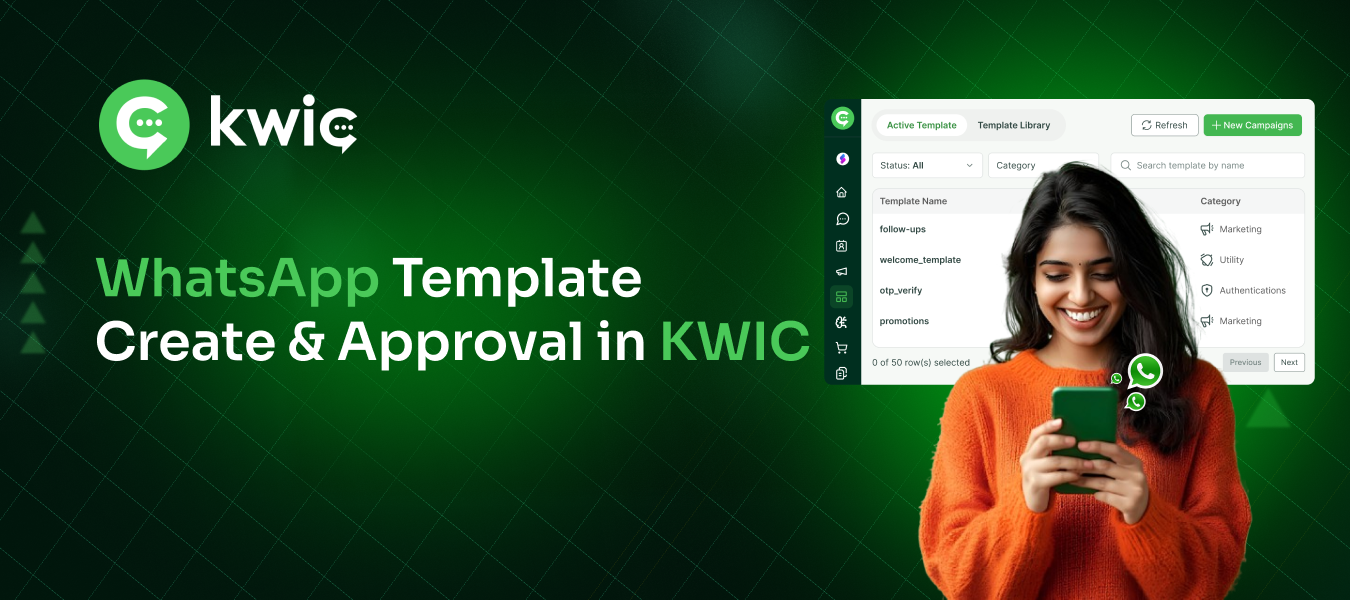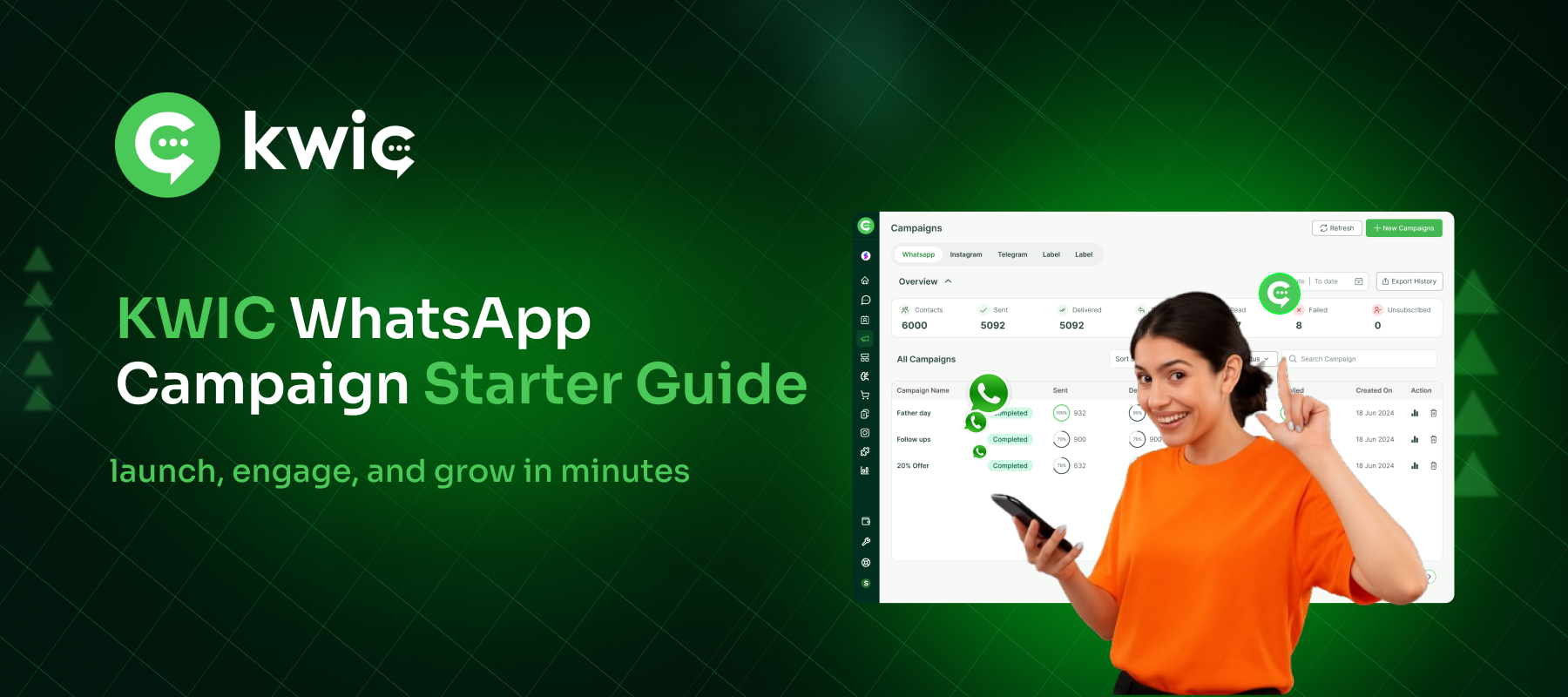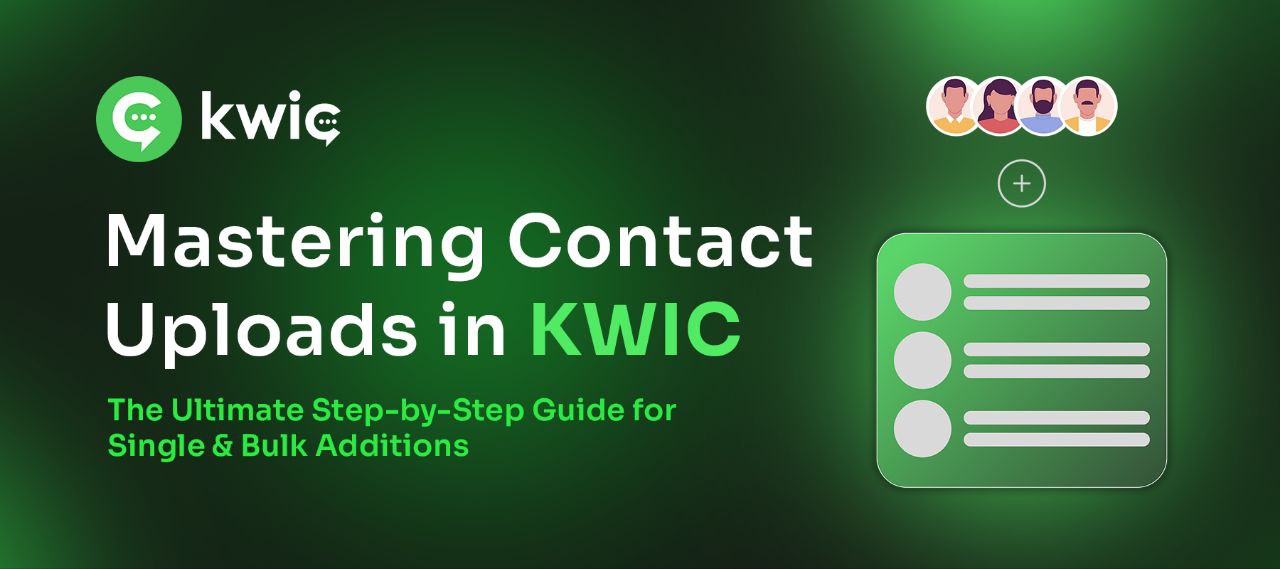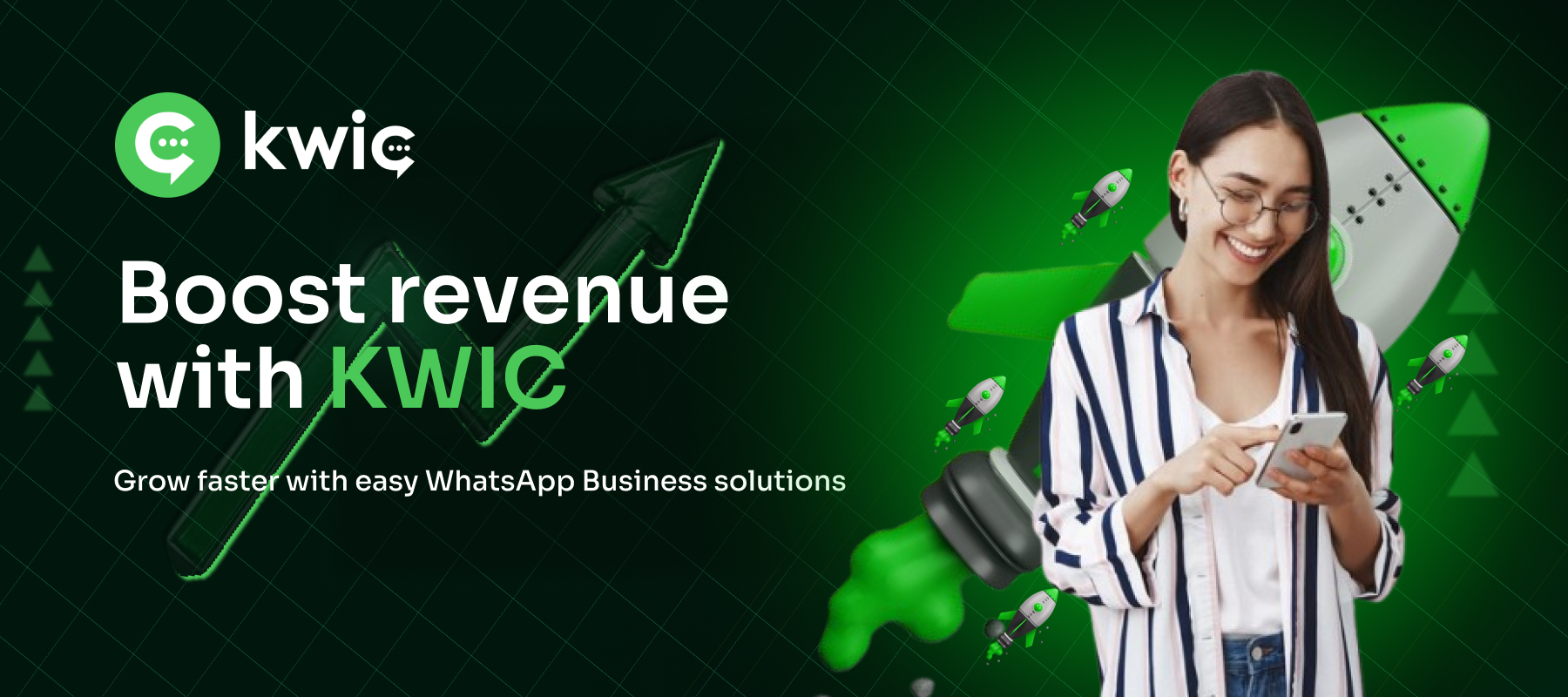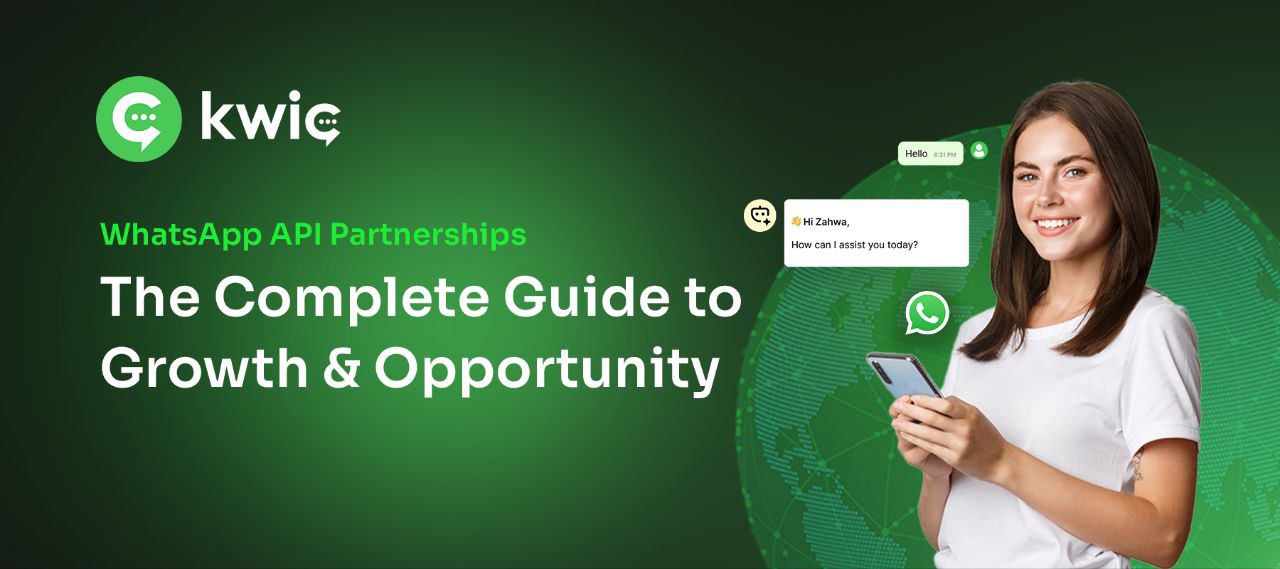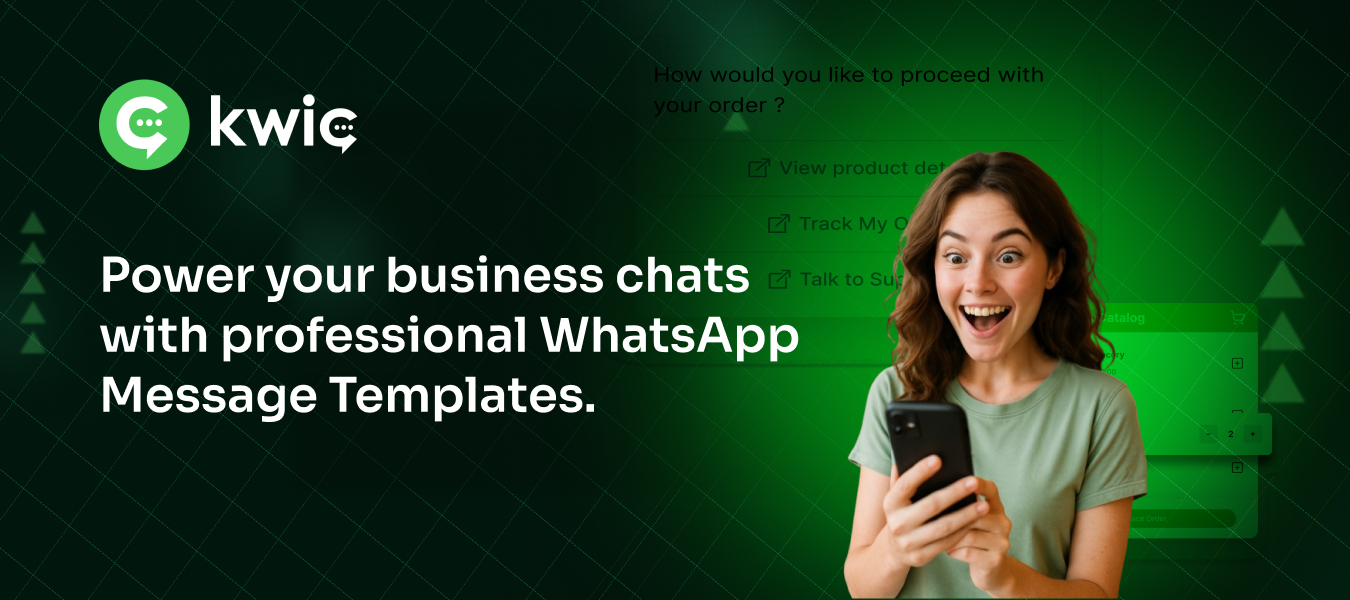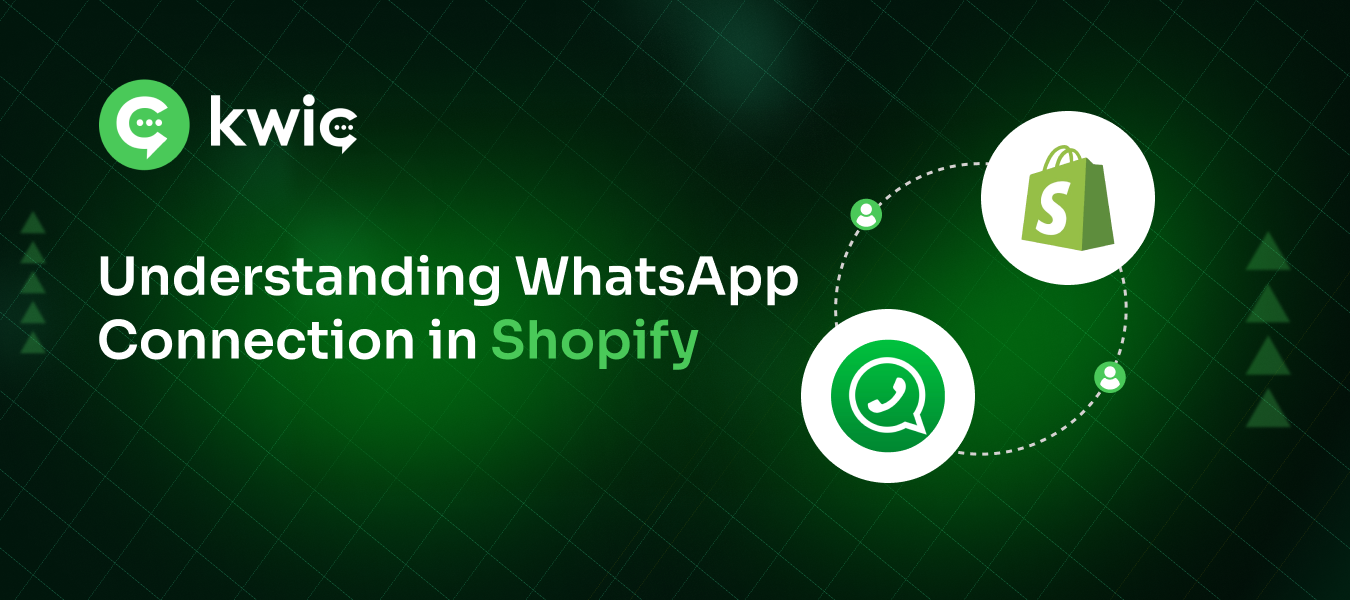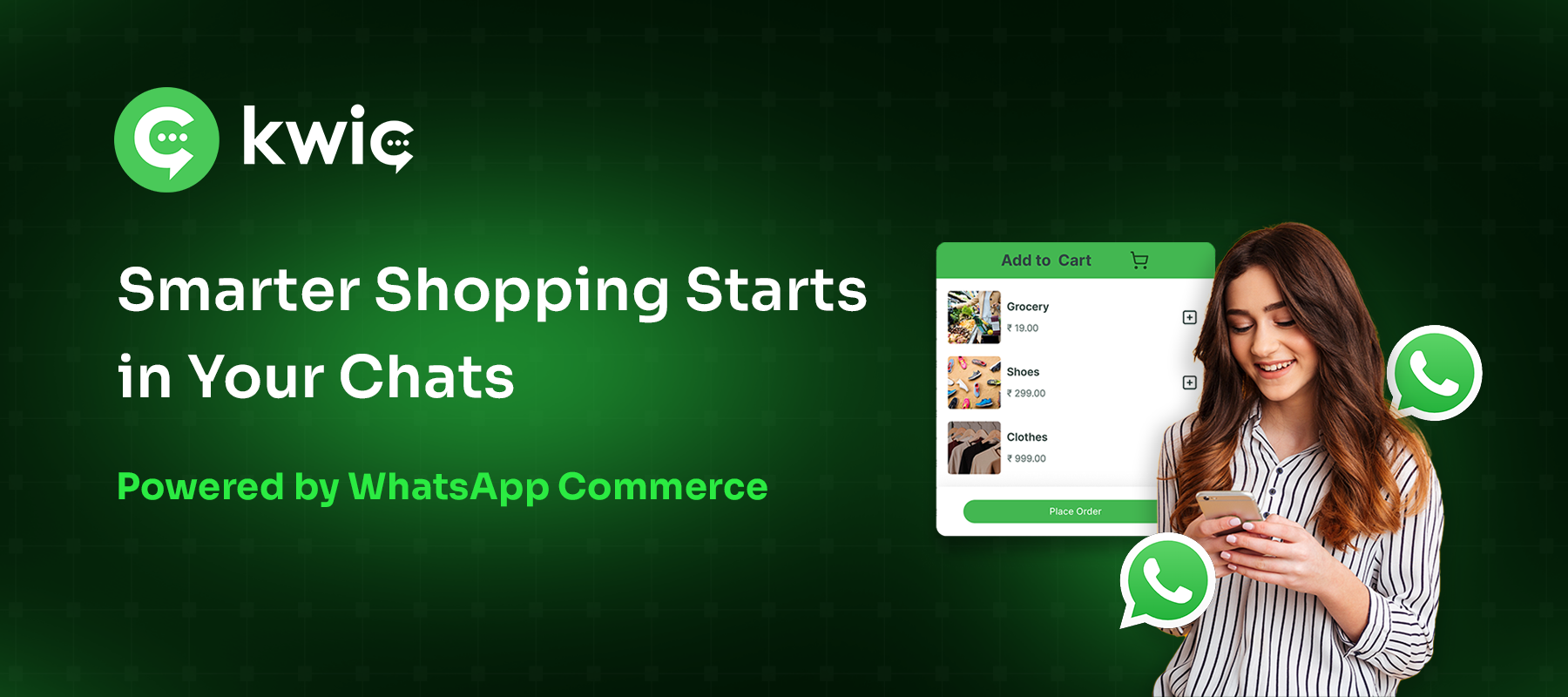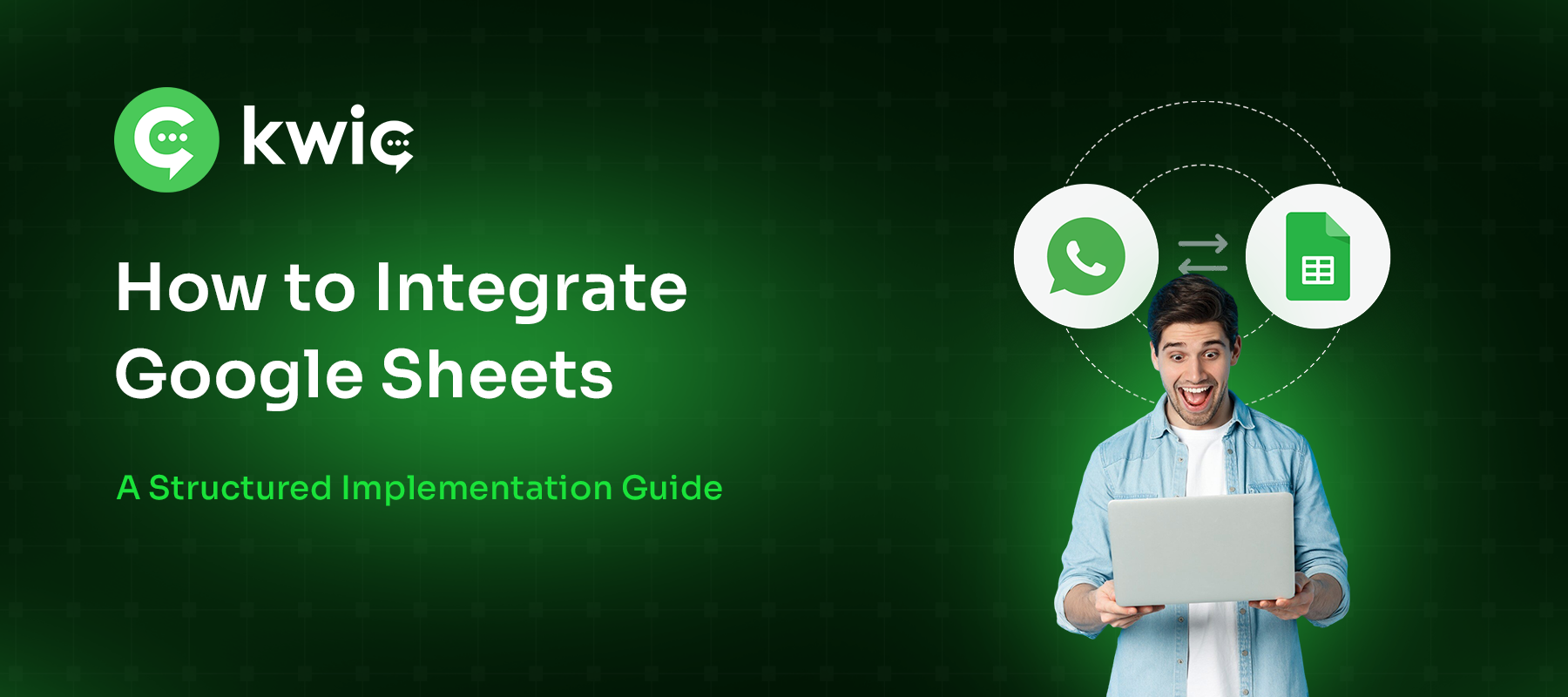The WhatsApp Business API has revolutionized how businesses communicate with their customers, creating a thriving ecosystem of partnership opportunities. Understanding who can become WhatsApp API partners and how these partnerships work is crucial for businesses looking to leverage this powerful communication channel or expand their service offerings.
Understanding WhatsApp API Partnership Ecosystem
WhatsApp API partners form the backbone of business messaging solutions worldwide. These partnerships enable companies to access WhatsApp’s robust messaging infrastructure without building their own systems from scratch. Partners range from technology companies and software developers to marketing agencies and customer service providers.
The partnership ecosystem is designed to serve businesses of all sizes, from startups to enterprise-level organizations. By working with API partners, companies can implement sophisticated messaging solutions that include automated responses, multimedia messaging, and integration with existing business systems.
Primary Types of WhatsApp API Partners
Technology Solution Providers
Technology solution providers represent the largest category of WhatsApp API partners. These companies specialize in developing and maintaining the technical infrastructure required for WhatsApp Business API integration. They offer comprehensive platforms that handle message routing, delivery, analytics, and compliance requirements.
These providers typically serve as intermediaries between businesses and WhatsApp, offering user-friendly interfaces and additional features that enhance the basic API functionality. Their services often include message templates, contact management, automated workflows, and detailed reporting capabilities.
Business Solution Partners (BSPs)
Business Solution Partners are officially recognized by Meta as authorized providers of WhatsApp Business API services. BSPs undergo rigorous vetting processes and must meet specific technical and business requirements to maintain their partnership status.
BSPs offer direct access to WhatsApp’s API infrastructure and typically provide comprehensive support services including onboarding, integration assistance, and ongoing technical support. They serve as the primary point of contact between businesses and WhatsApp for enterprise-level implementations.
System Integrators and Consultants
System integrators and consultants help businesses seamlessly incorporate WhatsApp messaging into their existing technology stack.
Their expertise lies in understanding complex business requirements and designing custom integration solutions that maximize the value of WhatsApp Business API. They often provide ongoing support and optimization services to ensure continued success.
Specialized Partnership Models
Channel Partner Programs
Channel partner programs allow businesses to resell WhatsApp API services under partnership agreements. These programs are ideal for agencies, consultants, and technology companies that want to offer messaging solutions to their clients without developing their own infrastructure.
Channel partners typically receive training, marketing support, and technical resources to help them successfully sell and implement WhatsApp API solutions. They often earn commissions or revenue sharing arrangements based on the clients they bring to the platform.
White-Label Opportunities
White-label partnerships enable companies to rebrand WhatsApp API services as their own proprietary solutions. This model is particularly attractive for software companies, marketing agencies, and service providers who want to offer messaging capabilities under their own brand identity.
White-label solutions typically include customizable interfaces, branded reporting dashboards, and the ability to set independent pricing structures. Partners can focus on their core competencies while leveraging proven WhatsApp messaging infrastructure.
Regional Distribution Partners
Regional distribution partners play a crucial role in expanding WhatsApp API access to specific geographic markets. These partners understand local business practices, regulatory requirements, and cultural preferences that influence messaging strategies.
They provide localized support, including native language assistance, region-specific compliance guidance, and market-appropriate pricing models. Regional partners often have established relationships with local businesses, making them valuable channels for API adoption.
Industry-Specific Partnership Opportunities
E-commerce Integration Partners
E-commerce integration partners specialize in connecting WhatsApp API with online retail platforms and marketplaces. They develop solutions that enable automated order confirmations, shipping notifications, customer support, and abandoned cart recovery through WhatsApp messaging.
These partners understand the unique requirements of online retail, including inventory management integration, payment processing connectivity, and multi-channel customer communication strategies.
Customer Service Platform Partners:
Customer service platform partners focus on integrating WhatsApp messaging into existing support infrastructures. They develop solutions that route WhatsApp messages to appropriate agents, maintain conversation histories, and provide performance analytics.
Marketing Automation Partners:
Marketing automation partners specialize in using WhatsApp API for promotional campaigns, lead nurturing, and customer engagement initiatives. They develop tools for broadcast messaging, audience segmentation, and campaign performance tracking.
These partners understand marketing compliance requirements, opt-in/opt-out management, and the creation of engaging message content that drives business results.
Requirements for Becoming a WhatsApp API Partner
Technical Capabilities:
Prospective WhatsApp API partners must demonstrate strong technical capabilities, including robust infrastructure, security protocols, and scalability planning. They need to handle high-volume message processing while maintaining reliable uptime and fast response times.
Technical requirements typically include webhook implementation, API integration expertise, database management capabilities, and comprehensive monitoring systems to ensure optimal performance.
Business Qualifications:
Business qualifications for WhatsApp API partnerships include financial stability, relevant industry experience, and a proven track record of customer success. Partners must demonstrate their ability to provide ongoing support and maintain long-term client relationships.
Many partnership programs require specific business registrations, insurance coverage, and compliance with local regulations in their operating markets.
Compliance and Security Standards:
WhatsApp API partners must adhere to strict compliance and security standards, including data protection regulations, privacy requirements, and message content policies. They need to implement appropriate safeguards for customer data and ensure secure message transmission.
Compliance requirements often include GDPR adherence, SOC 2 certification, and regular security audits to maintain partnership status.
Benefits of WhatsApp API Partnerships
Revenue Generation Opportunities:
WhatsApp API partnerships offer multiple revenue generation opportunities, including recurring subscription fees, usage-based pricing, professional services, and value-added features. Partners can develop sustainable business models that scale with their client base.
Revenue streams often include implementation fees, monthly platform charges, message volume pricing, and premium feature subscriptions that provide ongoing income potential.
Market Expansion Possibilities:
Partnerships enable companies to expand into new markets and customer segments without significant infrastructure investments. They can leverage established WhatsApp API capabilities to serve clients they might not otherwise be able to support.
Market expansion benefits include access to enterprise clients, international markets, and industry verticals that require specialized messaging solutions.
Competitive Advantages:
WhatsApp API partnerships provide competitive advantages through access to cutting-edge messaging technology, official WhatsApp support, and partnership marketing opportunities. Partners can differentiate themselves from competitors who lack similar capabilities.
Competitive benefits include early access to new features, official partnership recognition, and the ability to offer comprehensive communication solutions that integrate multiple channels.
Getting Started with WhatsApp API Partnerships
Partnership Application Process:
The partnership application process typically begins with completing detailed application forms that outline business capabilities, technical infrastructure, and target market focus. Applicants must provide references, financial information, and detailed implementation plans.
The evaluation process often includes technical assessments, business reviews, and interviews with partnership teams to ensure alignment with program requirements and objectives.
Onboarding and Training:
Successful partnership applications lead to comprehensive onboarding programs that include technical training, business development support, and access to partnership resources. Training typically covers API implementation, best practices, and ongoing support procedures.
Onboarding processes often include dedicated account management, technical documentation access, and certification programs that validate partner capabilities.
Ongoing Support and Resources:
WhatsApp API partnerships include ongoing support through dedicated partner portals, regular training updates, and access to technical support teams. Partners receive marketing resources, sales tools, and product roadmap information to support their business development efforts.
Ongoing support typically includes regular business reviews, performance optimization guidance, and access to new features and capabilities as they become available.
Success Strategies for WhatsApp API Partners
Focus on Customer Success:
Successful WhatsApp API partners prioritize customer success through comprehensive onboarding, proactive support, and continuous optimization of messaging strategies. They invest in understanding client business objectives and measuring the impact of WhatsApp messaging on those goals.
Customer success strategies include regular performance reviews, optimization recommendations, and expansion opportunities that demonstrate ongoing value from the partnership.
Develop Specialized Expertise:
Partners who develop specialized expertise in specific industries, use cases, or technical integrations often achieve greater success than generalist providers. Specialization enables deeper customer relationships and premium pricing for expert services.
Expertise development areas include industry-specific compliance requirements, advanced integration capabilities, and innovative use cases that differentiate partners from competitors.
Build Strong Technical Capabilities:
Investing in robust technical capabilities ensures partners can handle growing client demands while maintaining high performance standards. This includes scalable infrastructure, comprehensive monitoring, and rapid issue resolution capabilities.
Technical capability investments often include advanced analytics platforms, automation tools, and integration capabilities that enhance the overall value proposition for clients.
WhatsApp API partnerships represent significant opportunities for businesses to expand their service offerings, generate new revenue streams, and serve clients with cutting-edge communication solutions. Success requires careful attention to technical requirements, business qualifications, and ongoing commitment to customer success.
